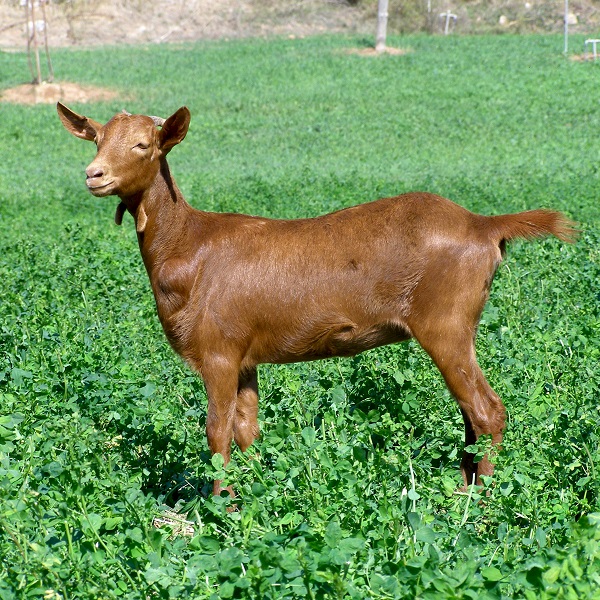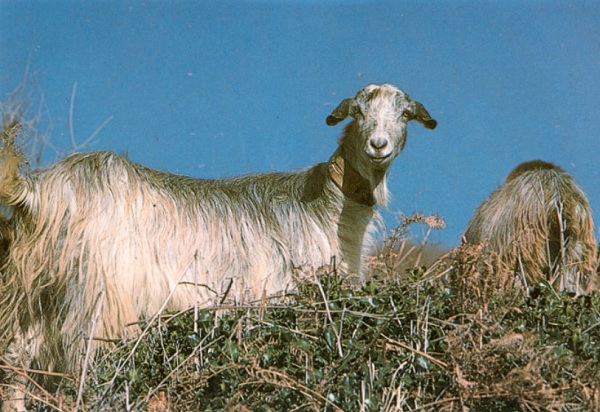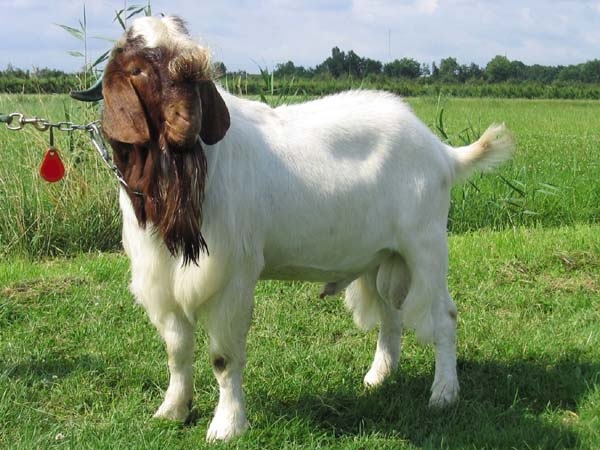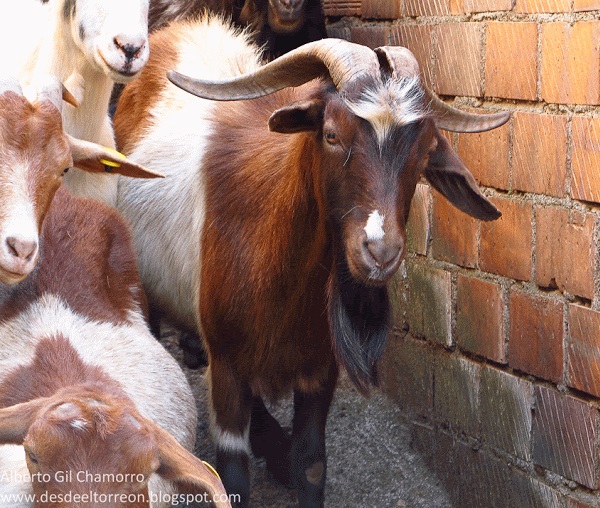

The typical production of Cilentana goats is ‘Cacioricotta’, a traditional product of this area, characterized by its peculiar manufacturing technique. In the sunnier areas, where the wood is less dense, there are polyphite meadows consisting mainly of grasses, some species of thistles and various aromatic plants (Indelli and Pratesi, 1994).Īlthough the natural beauty of the Cilento landscapes is undoubtedly very suggestive, it is considered ‘marginal’ due to the excessive slope of the territory and the high distance between the small inhabited centres which have always represented challenging obstacles for the technological progress of this area (Indelli and Pratesi, 1994).

Along the hills, olive cultivation is widespread, while the inland areas are populated by deciduous broadleaf woods such as oaks, maples and chestnuts trees. The vegetation of this area is the typical Mediterranean scrub, rich in mastic, myrtle and juniper trees.

Cilento is a vast area, mainly characterized by mountainous landscapes, bordered to the North by the Sele River, to the East by the Vallo di Diano and to the South and West by the Tyrrhenian Sea. According to ARAC data (2021), it consists of a population of about 3000 heads mainly reared with semi-extensive systems on pastures of the Cilento (Zullo et al., 2005). The Cilentana goat is a native breed of the Cilento area, to which it owes the origin of its name.

Positive properties of goat’s milk like the high content of taurine and conjugated linoleic acid (CLA), higher than other species’ milk, give to this breeding and its related productions an added value (Quarto et al., 2008 Delgadillo-Puga et al., 2020).Īnother peculiar characteristic of goat milk fat is the presence of specific branched chain fatty acids, such as 4-methyoloctanoic and 4-ethyloctanoic, responsible for the typical ‘ircino’ (goatish) flavour of milk and cheeses (Quarto et al., 2008). Furthermore, 20% of the fatty acids in goat’s milk such as caproic acid, caprylic acid and capric acid are short chain, and as a consequence, they are rapidly digested (Jennes, 1980 Quarto et al., 2008). As a matter of fact, in Roman times, it occupied a role of considerable importance in the economic system: it was raised for the leather and meat as well as for the production of milk and cheeses more commonly consumed than that of cows (Rubino 1996).ĭue to its nutritional properties, goat milk is considered an alternative to cow’s milk owing to the smaller size of the fat globules and consequently to its greater digestibility (Saini and Gill, 1991). In the South, the goat has been present since very remote times. Goat farming in Italy is mainly grouped in the South and in the islands regions where farms are largely characterized by the use of local breeds.


 0 kommentar(er)
0 kommentar(er)
